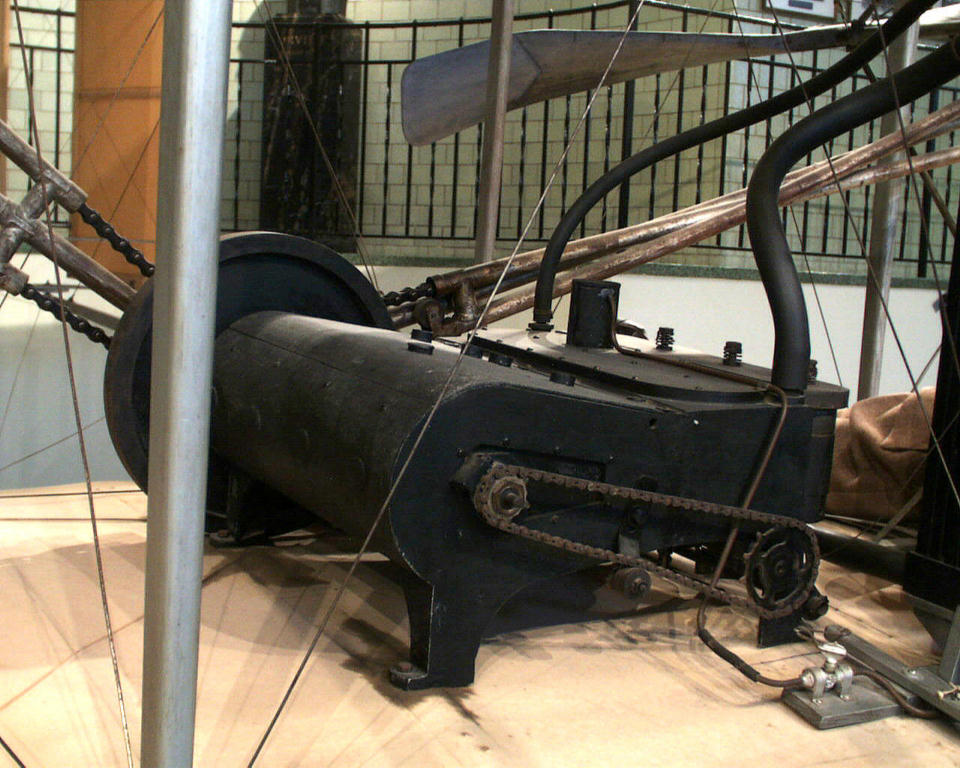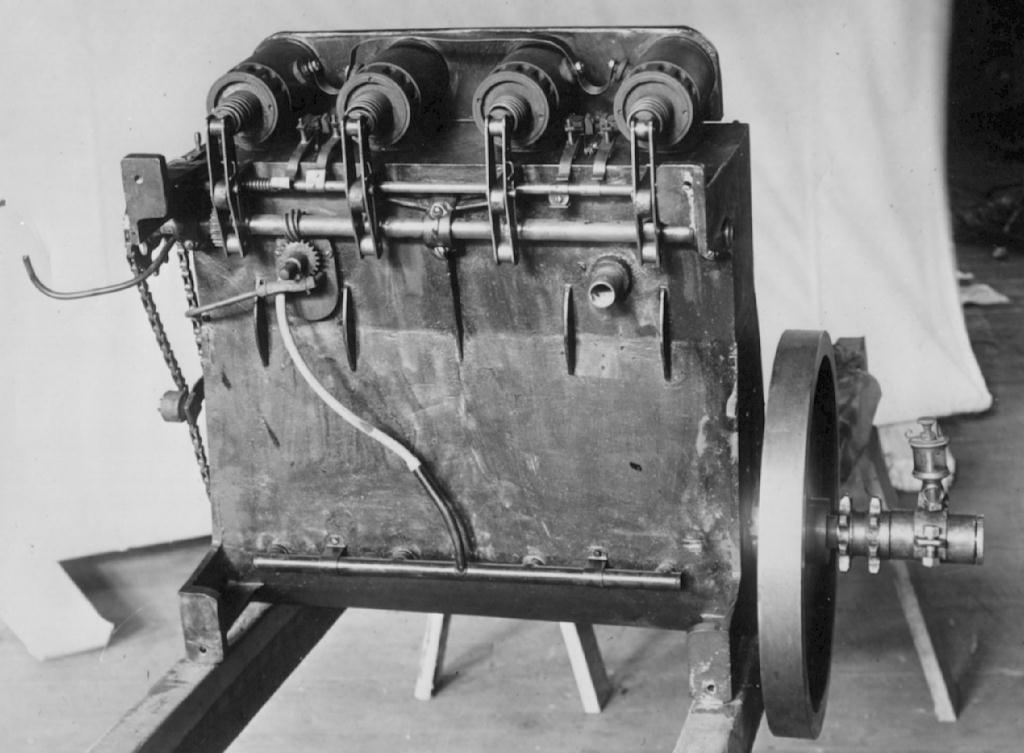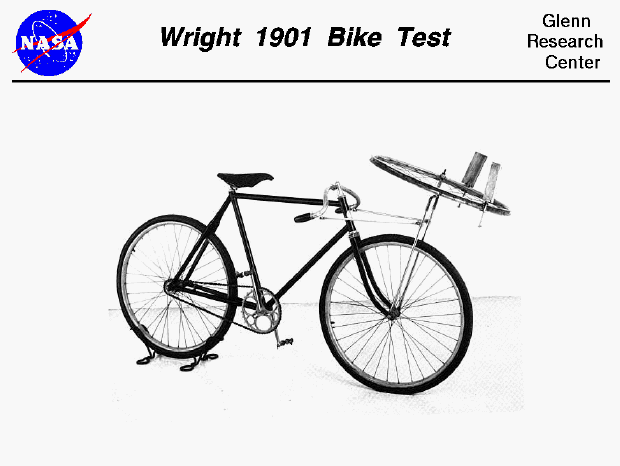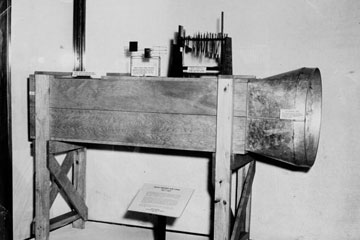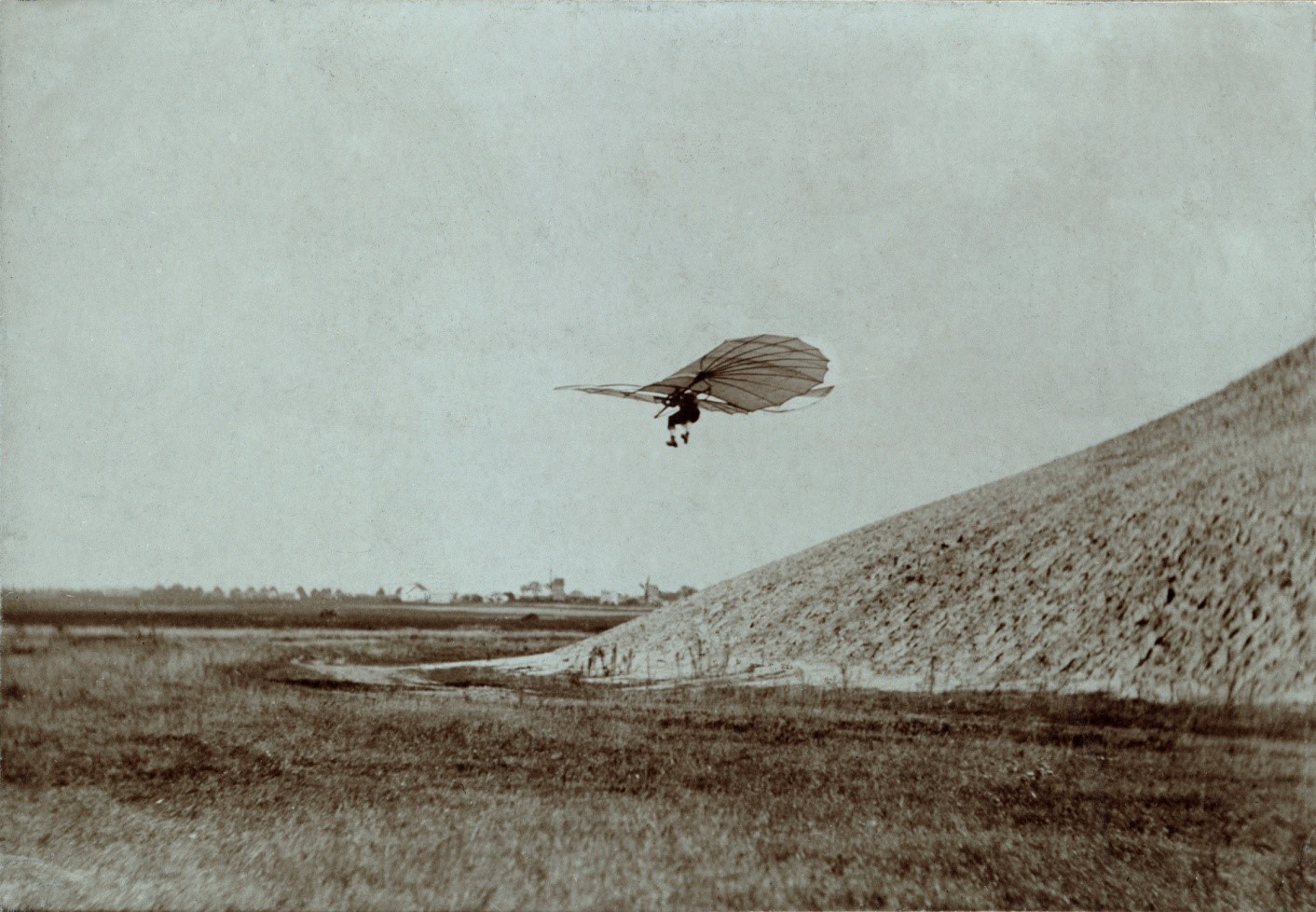Leeham News and Analysis
There's more to real news than a news release.
Bjorn’s Corner: Aircraft drag reduction, Part 8
December 08, 2017, ©. Leeham Co: In the last Corner we described how the Wright Brothers developed their own engine, as there were no light engines on the market.
After understanding how to design wings, how to control the aircraft and having designed a suitable engine, the final item the Wrights needed was a working propeller.
Bjorn’s Corner: Aircraft drag reduction, Part 7
December 01, 2017, ©. Leeham Co: In previous Corners, we looked at how the Wright Brothers understood the wing aerodynamics and aircraft control.
We now describe how the Wright cracked the third nut keeping them from manned flight, propulsion.
When they had mastered the design of effective wings and control of their gliders (see previous Corners), the Brothers now worked on finding an engine and a functioning propeller.
Bjorn’s Corner: Aircraft drag reduction, Part 6
November 24, 2017, ©. Leeham Co: In the last Corner, we described how the Wright Brothers obtained the aerodynamic data they needed to design gliders and aircraft.
But there was additional knowledge they needed: how to control an aircraft and how to drive it forward.
Bjorn’s Corner: Aircraft drag reduction, Part 5
November 17, 2017, ©. Leeham Co: In the last Corner, we described how the Wright Brothers (bicycle manufacturers in Dayton (OH)) decided to research their own aerodynamic data with the help of their own designed-and-built wind tunnel.
The wind tunnel was not more advanced than what had been done before. But their measurement system was. It built on their bicycle test setup, Figure 1.
Bjorn’s Corner: Aircraft drag reduction, Part 4
October 27, 2017, ©. Leeham Co: In this and the following Corners, we will review the competition for first manned flight between Samuel Langley, high ranking scientist of Allegheny Observatory in Pittsburgh, and the Wright Brothers, bicycle manufacturers in Dayton, (OH).
We described in the last Corner how Langley researched airfoil characteristics with a giant whirling arm, built beside the Observatory. The Wright Brothers went another route; they built a wind tunnel in their workshop.
Bjorn’s Corner: Aircraft drag reduction, Part 3
Nov. 3, 2017, ©. Leeham Co: In the previous Corner, we described how the aeronautical pioneers gradually uncovered what held them back from flying their gliders and airplanes successfully.
They knew they needed lift to fly. And to generate lift, birds taught them wings were needed. What they didn’t understand was why their winged contraptions lost speed and crashed when they threw themselves out from hills or towers. They didn’t understand the relationship between lift and drag.
Bjorn’s Corner: Aircraft drag reduction, Part 2
October 27, 2017, ©. Leeham Co: After a detour over Airbus’ A330neo first flight last Friday, we now continue with aircraft drag. We divided drag in two classes last time: drag from size and drag from weight.
These drag effects were not discovered at the same time. To make it more informative, we will mix in how aircraft designers uncovered these drag types over time. It took them centuries to understand what held their flying devices back.
Bjorn’s Corner: Airbus A330neo flight test starts
October 20, 2017, © Leeham Co, Toulouse: The Airbus A330neo flew its first flight yesterday. The aircraft lifted off from Toulouse Blagnac Airport in front of invited airline customers, suppliers and media. It landed after a successful four-hour mission.
We’ll take the opportunity to look at the A330neo changes and its flight test program. We also look at the drag reducing changes from A330ceo to A330neo.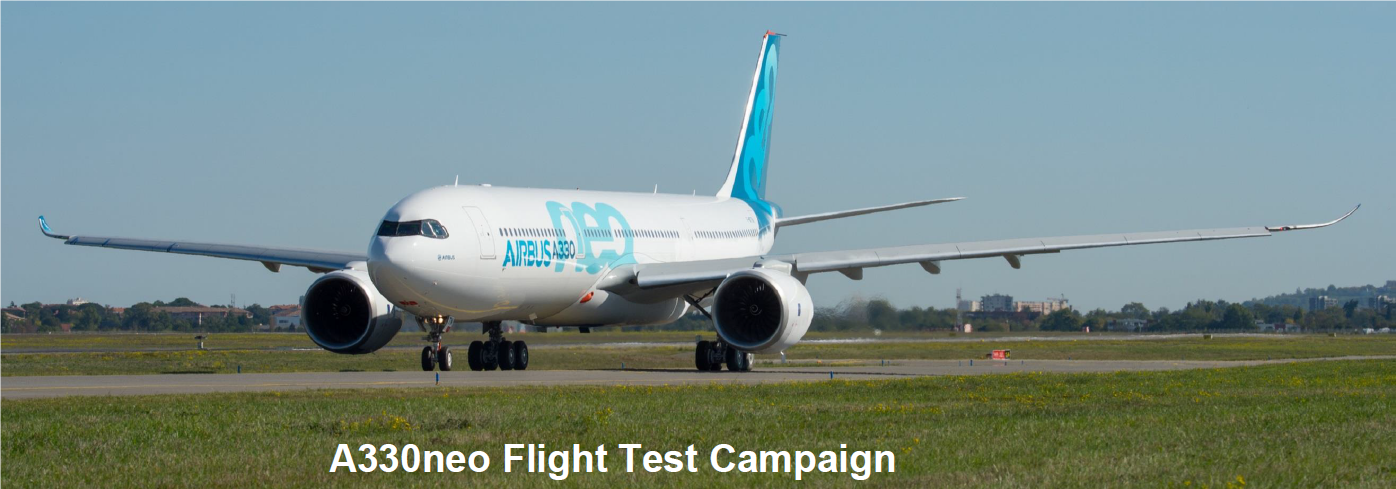
Read more
Bjorn’s Corner: Aircraft drag reduction
October 06, 2017, ©. Leeham Co: In the last several Corners, we wrote about research around laminar flow for aircraft. It’s research to lower the aircraft’s drag. Why is this important? How large are the different drag types and what can be done about them?
To find out, we will spend some Corners looking into the drag of an aircraft and what is done to optimize the drag for different aircraft types.
Bjorn’s Corner: Laminar flow aircraft, Part 2.
October 06, 2017, ©. Leeham Co: We introduced the Airbus “Blade” laminar flow research program in the last Corner. Now we continue to look into what this research is all about.
We will explain the difference between laminar and turbulent flow (really, laminar and turbulent “boundary layer” flow) and discuss some of the work that has been done with laminar flow structures.



